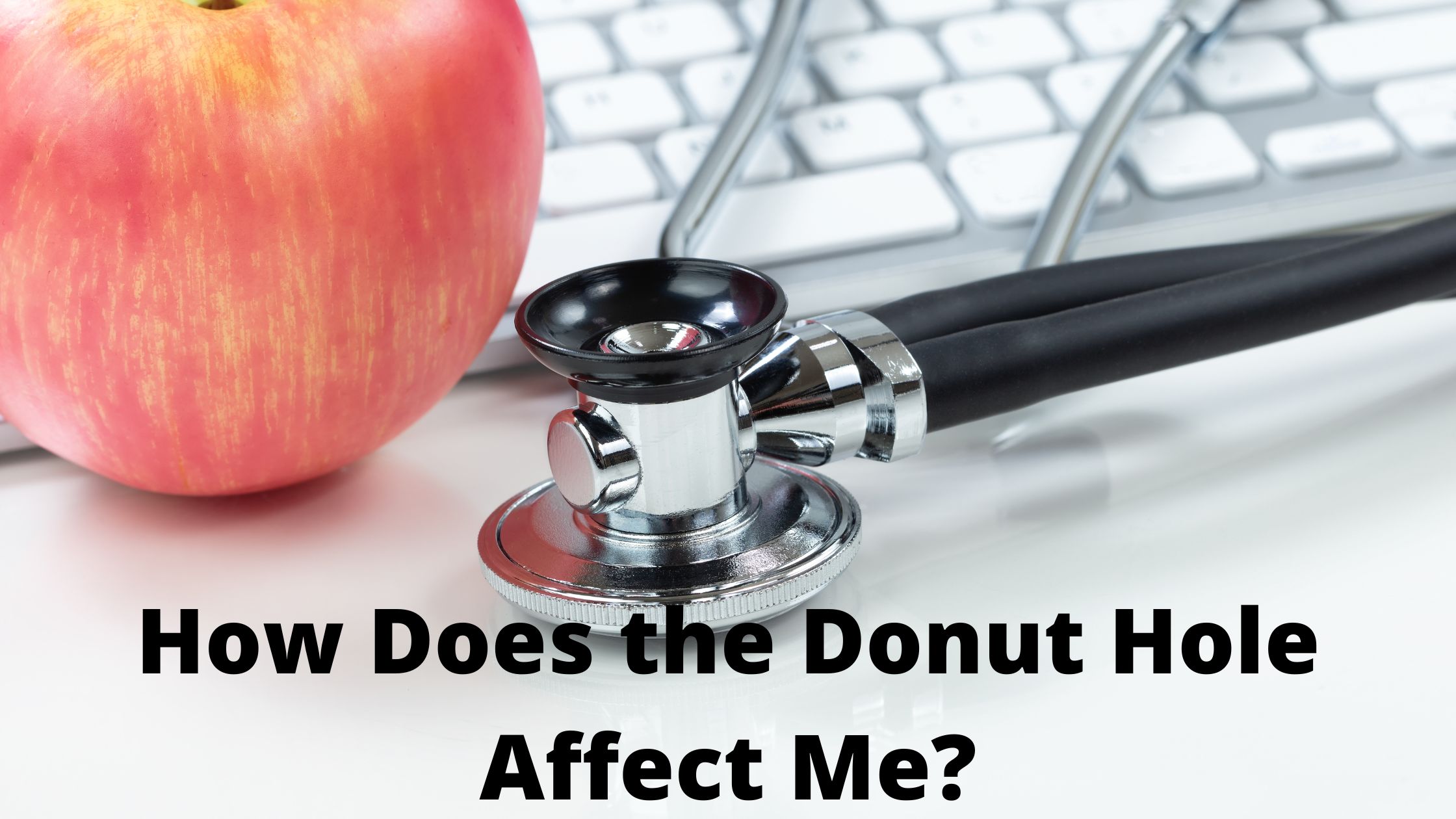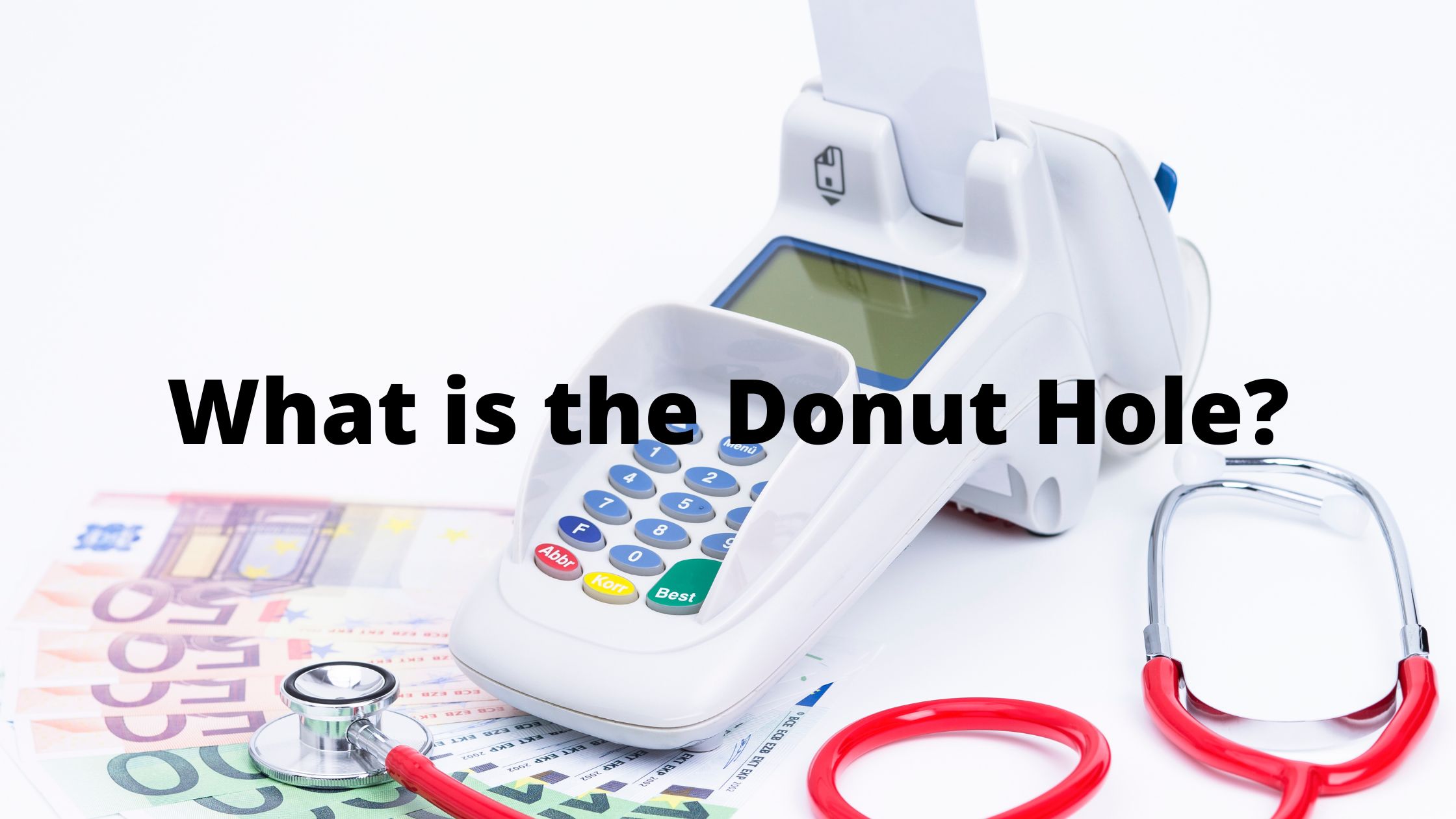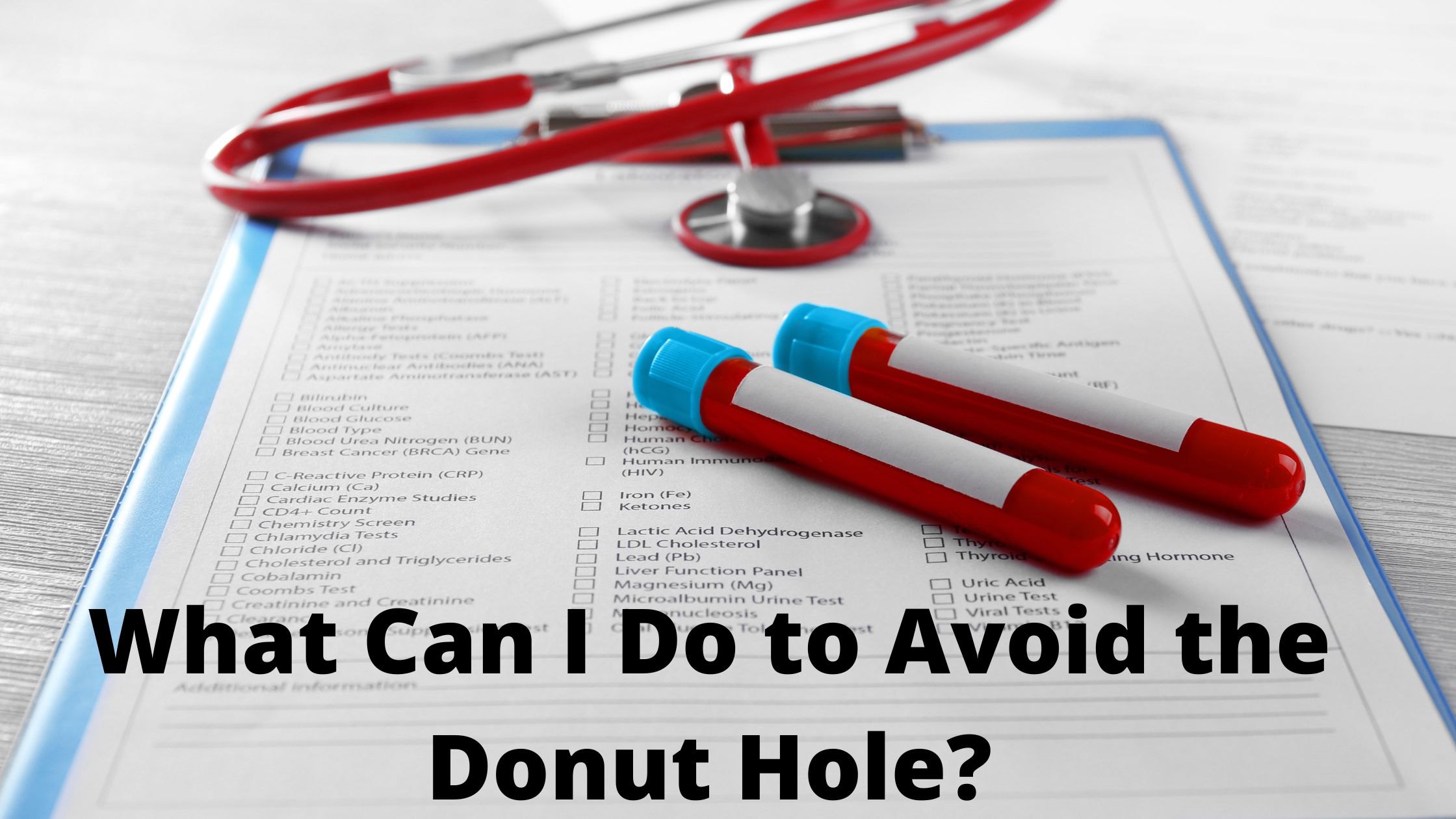In 2019, the Affordable Care Act (ACA) will be repealed and replaced by the American Health Care Act (AHCA). This means that some big changes are coming to Medicare Part D. Specifically, the donut hole will be eliminated. Here are four questions about the donut hole on Medicare Part D that you need to know.
What is the Donut Hole?
The Donut Hole is a part of the Medicare Part D program that refers to the gap in coverage that occurs when an individual’s income falls below a certain level. This coverage gap can cause significant financial difficulties for people who rely on Medicare.
The Donut Hole refers to a specific period of time during which an individual’s out-of-pocket expenses for prescription drugs will increase significantly. During the first two years after activation of Medicare Part D, an individual’s out-of-pocket expenses will be capped at $2,500 per year. After this point, the out-of-pocket expenses for prescription drugs will increase based on an individual’s income.
The Donut Hole has had a significant impact on the way that people use prescription drugs. Many people now avoid taking their medications because they know that they will have to pay out-of-pocket costs if their income falls below a certain level. This has led to an increase in drug addiction and drug abuse among seniors.
We need to fix the Donut Hole so that it doesn’t prevent seniors from getting the medication that they need. We can do this by increasing the cap on out-of-pocket expenses, or by providing more affordable prescription drugs
How Does the Donut Hole Affect Me?
The Donut Hole is a part of Medicare Part D that affects people who have high-cost prescription drugs. This part of the Medicare program limits the amount of money that people can pay for their prescriptions each month.
If you have a prescription drug that costs more than $200 per month, you will likely be affected by the Donut Hole. This means that you will be limited to paying only $7.50 per pill, instead of the full price of $30 per pill.
The Donut Hole will also affect your ability to get coverage for your prescription drugs from your health insurance company. If you have private health insurance, your insurer may not cover your prescriptions if they cost more than $7.50 per pill. Your health insurance company may also place limits on the number of pills that you can buy at once.
The Donut Hole is a temporary program that is scheduled to expire in 2020. However, it is possible that it could be extended for another year or two. It is important to stay informed about the Donut Hole and its effects so that you can make informed decisions about how to best take care of your health.
What Can I Do to Avoid the Donut Hole?
If you are over the age of 65, you may be in the donut hole on Medicare Part D. This is a special coverage gap in the Medicare drug plan that allows older Americans to pay more for prescription drugs. The donut hole will close in 2020, but there are some things that you can do to avoid it.
One way to avoid the donut hole is to use a pre-paid health insurance plan. These plans usually have lower premiums and higher out-of-pocket expenses than traditional Medicare plans. However, they may not cover all of your prescription drug expenses.
You can also try to get a discounted prescription from your pharmacy. This will reduce the amount that you have to pay for your prescription drugs. However, this may not be possible if you are in the donut hole.
If you are already in the donut hole, there are some steps that you can take to reduce your costs. For example, you can try to use generic drugs instead of brand-name drugs. This will reduce the amount that you have to pay for your medications.
How Can I Afford Prescription Drugs if I Fall in the Donut Hole?
If you fall in the donut hole on Medicare Part D, you may be facing difficult choices about how to afford your prescription drugs.
You may be able to find ways to reduce your expenses by switching to a lower-cost drug, finding a discount pharmacy, or using a Medicare Prescription Drug Plan (PDP). However, it’s important to keep in mind that not all of these options are available to everyone.
Some people are able to afford their drugs even if they fall in the donut hole. If you’re among this group, you may want to consider using a PDP or finding a discount pharmacy. These options can save you money on your medications.
However, not everyone is able to find affordable drug options through these methods. In that case, it may be necessary for them to switch to a lower-cost drug. If this isn’t an option, they may need to seek financial assistance from government programs like Social Security or Medicaid.
Conclusion
Medicare Part D plans typically have a donut hole in their coverage. This means that while the plan will cover 80% of your drug costs, after you hit $4,500 out-of-pocket per year for drugs, the plan will no longer cover those costs. In this article, we’ll answer some of the most common questions about the donut hole on Medicare Part D plans.

